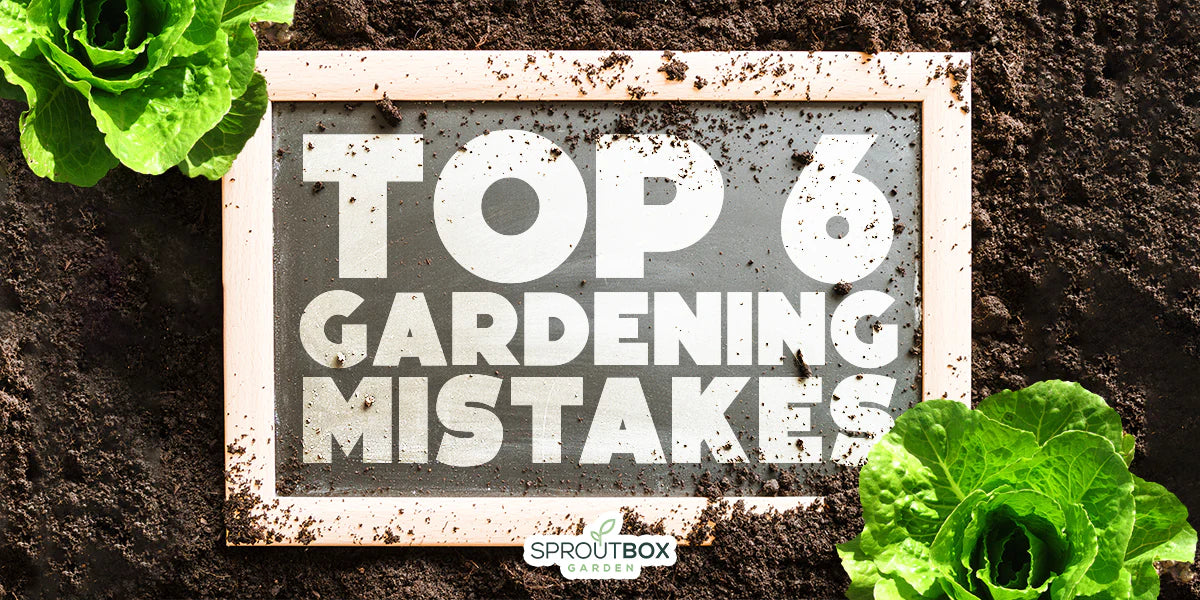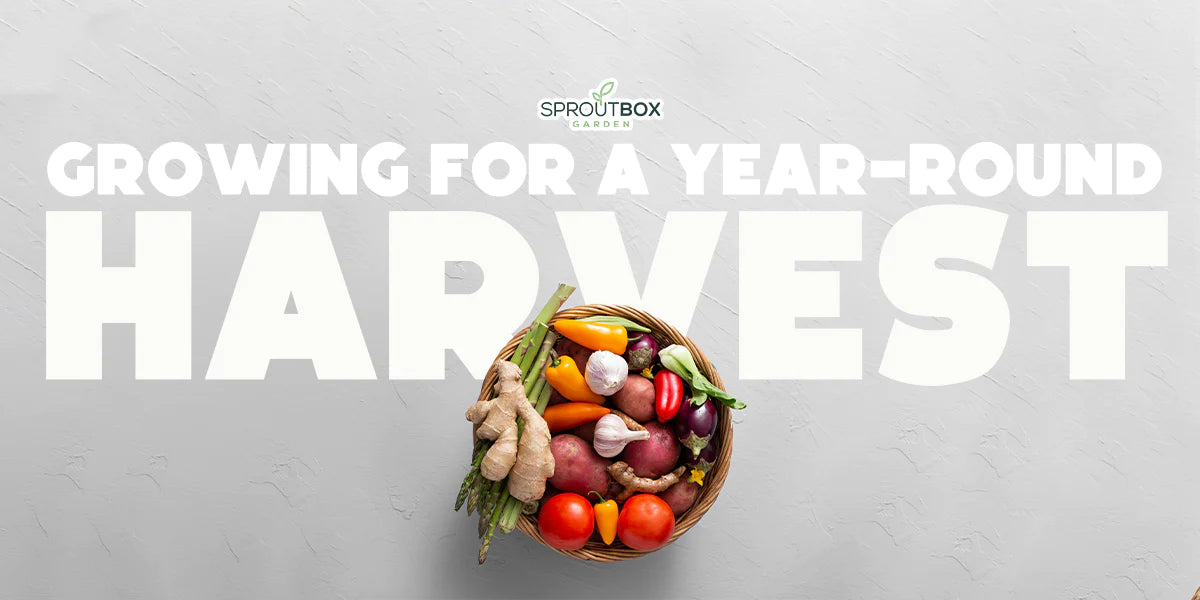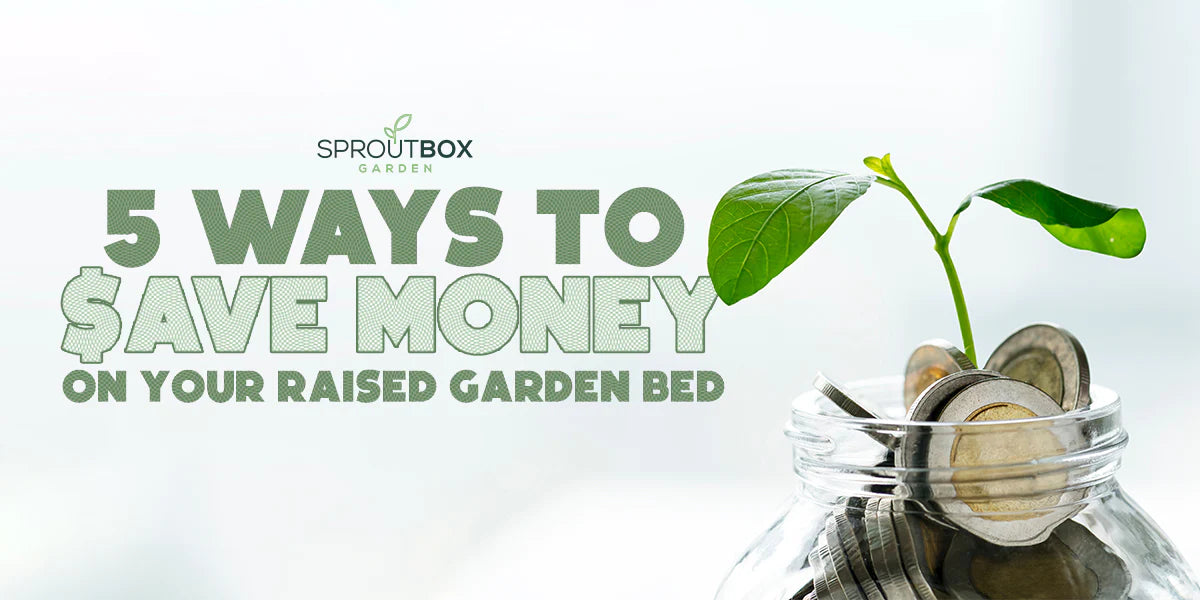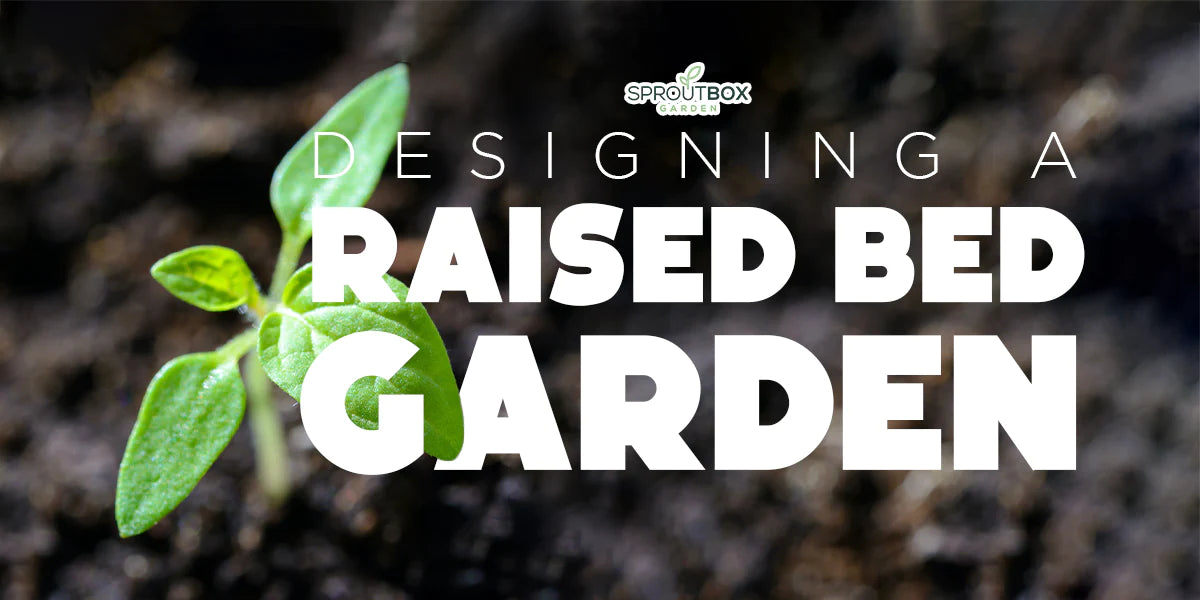December 18, 2024
Turning Garden Waste into Gold: Composting Tips and Tricks
>> Download The Slideshow For Free Here.
Masterclass Notes
Composting is the ultimate garden hack—turning kitchen scraps and garden waste into nutrient-rich "black gold" for your plants. In a recent composting masterclass, Jordan shared his journey, tips, and practical steps for making compost that truly benefits your garden. Here’s a recap of the key takeaways.
Why Compost?
Jordan’s love for composting began out of frustration with waste while living in Australia, where municipal composting wasn’t an option. Over time, he discovered that composting not only reduces landfill waste but also:
-
Supports a thriving ecosystem in your garden by multiplying beneficial microbes.
-
Provides free, nutrient-packed material to boost plant growth.
-
Cuts down on gardening costs, making it an incredibly budget-friendly solution.
Composting Basics
Composting isn’t just about tossing scraps into a pile; it’s about balance. Here’s how Jordan breaks it down:
-
Understand what plants need: Plants require macronutrients (nitrogen, phosphorus, potassium) and micronutrients (calcium, magnesium, etc.). Compost provides these naturally.
-
Know your sources: Organic nutrients can come from synthetic fertilizers, natural fertilizers, or compost. Compost is the most sustainable and nutrient-diverse option.
Materials to Use (and Avoid)
Good Materials:
-
Kitchen scraps: Veggie peels, coffee grounds, eggshells.
-
Garden waste: Dead leaves, grass clippings, and plant trimmings.
-
Carbon sources: Cardboard, straw, shredded paper, and dry leaves.
Avoid:
-
Meat, dairy, and oils—they attract pests and decompose slowly.
-
Plants with invasive roots (like mint) or seeds, as they can spread in your garden.
-
Pet waste, which can introduce harmful pathogens.
Jordan’s Five Tips for Better Compost
-
Collect good materials: Focus on nutrient-rich and compost-friendly items.
-
Chop it up: Smaller pieces decompose faster and more evenly.
-
Layer it right: Alternate six inches of greens (nitrogen) with six inches of browns (carbon).
-
Turn the pile: Aerate your compost monthly to introduce oxygen and prevent bad smells.
-
Let it rest: Stop adding new material once the pile is full, and start a new one.
Common Composting Challenges
A common issue is the dreaded stinky pile. The culprit? Imbalance. Too much nitrogen-rich material without carbon can lead to anaerobic conditions. Fix this by adding dry leaves or cardboard and giving the pile a good turn.
Composting Structures
Jordan explored several composting setups:
-
Tumblers: Convenient but limited in capacity.
-
Black bins: Effective for most backyards when managed well.
-
Worm farms: Perfect for small spaces or kitchen scraps.
-
Three-bin systems: Ideal for larger gardens and offer excellent workflow for flipping and curing compost.
-
Chicken wire cages: Budget-friendly and customizable for specific composting needs.
Closing the Garden for Winter
As the growing season wraps up, it’s time to prep your beds for winter:
-
Remove annuals: Pull out spent crops like tomatoes and cucumbers.
-
Tidy perennials: Leave seed heads for birds but cut back other plants to 1–2 inches.
-
Add mulch: Spread a thick layer of leaves or straw to insulate the soil.
-
Optional cover crop: Plant buckwheat or legumes to protect and enrich the soil.
Questions from the Live Session
Jordan answered these insightful questions during the live session:
Q: Do you water your compost pile?
A: Yes, it should be moist like a wrung-out sponge. Adjust as needed based on the pile's condition.
Q: Can you add chicken or horse manure?
A: Absolutely, but it’s nitrogen-heavy, so balance it with extra carbon material.
Q: What about kitchen composters like Lomi?
A: These work well in small spaces and can be paired with outdoor compost for a complete cycle.
Q: What’s the best way to avoid pests in compost?
A: Avoid meat, dairy, and oils, and consider a worm farm for food scraps in critter-prone areas.
Q: Ideal cover crops for raised beds?
A: Buckwheat and legumes are great for enriching soil over winter.
Closing Thoughts
These questions came from gardening enthusiasts who attended the session live, and Jordan shared his personal insights based on years of experience. Whether you’re new to composting or looking to refine your skills, these tips are sure to make your garden more productive and sustainable





